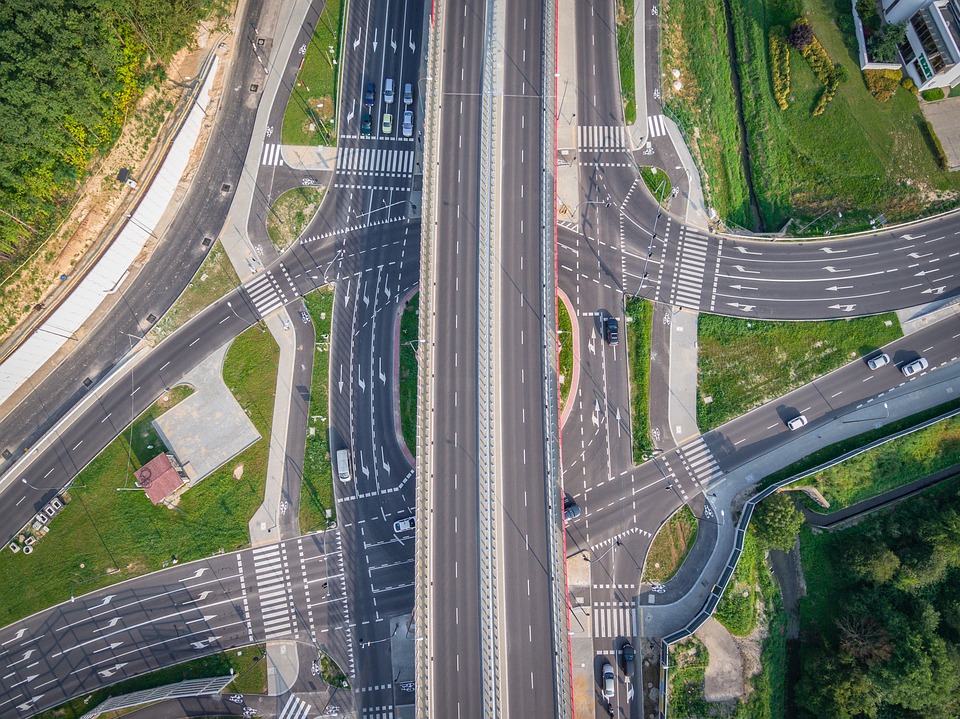Introduction
Energy is a vital component of modern society, powering our homes, businesses, transportation, and industries. However, the distribution and accessibility of energy resources are not equal for all members of society. The intersection of race, class, and energy plays a significant role in determining who has access to affordable and clean energy sources, and who bears the burden of environmental degradation and pollution.
Race and Energy
Race has long been a factor in determining access to energy resources. In many cases, marginalized communities, particularly communities of color, are disproportionately impacted by energy-related issues. For example, studies have shown that African American and Hispanic households are more likely to live in areas with higher levels of air pollution and environmental hazards, leading to higher rates of respiratory illnesses and other health problems.
Class and Energy
Similarly, class plays a significant role in determining energy access. Low-income households often struggle to afford energy costs, leading to difficulties in maintaining a comfortable living environment and higher rates of energy insecurity. These households are also less likely to have access to energy-efficient technologies and renewable energy sources, further exacerbating the cycle of energy poverty.
The Intersection of Race, Class, and Energy
When race and class intersect with energy issues, the impact is often compounded. Communities of color that are also low-income face the greatest disparities in energy access and environmental quality. This intersectionality results in a double burden of both economic hardship and environmental injustice, creating a cycle of inequality that is difficult to break.
Energy Justice
Energy justice is a concept that seeks to address the disparities in energy access and distribution based on race and class. It calls for equitable and inclusive energy policies that prioritize the needs of marginalized communities and promote clean and affordable energy for all. Energy justice also involves addressing the root causes of energy inequality, including historical discrimination and systemic barriers to access.
Steps Towards Energy Justice
1. Community Engagement
One important step towards energy justice is to engage with communities that are most impacted by energy issues. This involves listening to their concerns, involving them in decision-making processes, and ensuring that their voices are heard in energy policy discussions.
2. Renewable Energy Investment
Investing in renewable energy sources can help to reduce the environmental impact of energy production and create job opportunities in marginalized communities. By prioritizing renewable energy development in underserved areas, we can ensure that all communities have access to clean and sustainable energy sources.
3. Energy Efficiency Programs
Implementing energy efficiency programs can help low-income households reduce their energy costs and improve their living conditions. These programs can include assistance with weatherization, energy audits, and incentives for energy-saving appliances, making it easier for families to stay warm in the winter and cool in the summer.
Conclusion
The intersection of race, class, and energy presents significant challenges in achieving energy justice for all members of society. By addressing the root causes of energy inequality and prioritizing the needs of marginalized communities, we can move closer towards a more equitable and sustainable energy future.


Leave a Reply